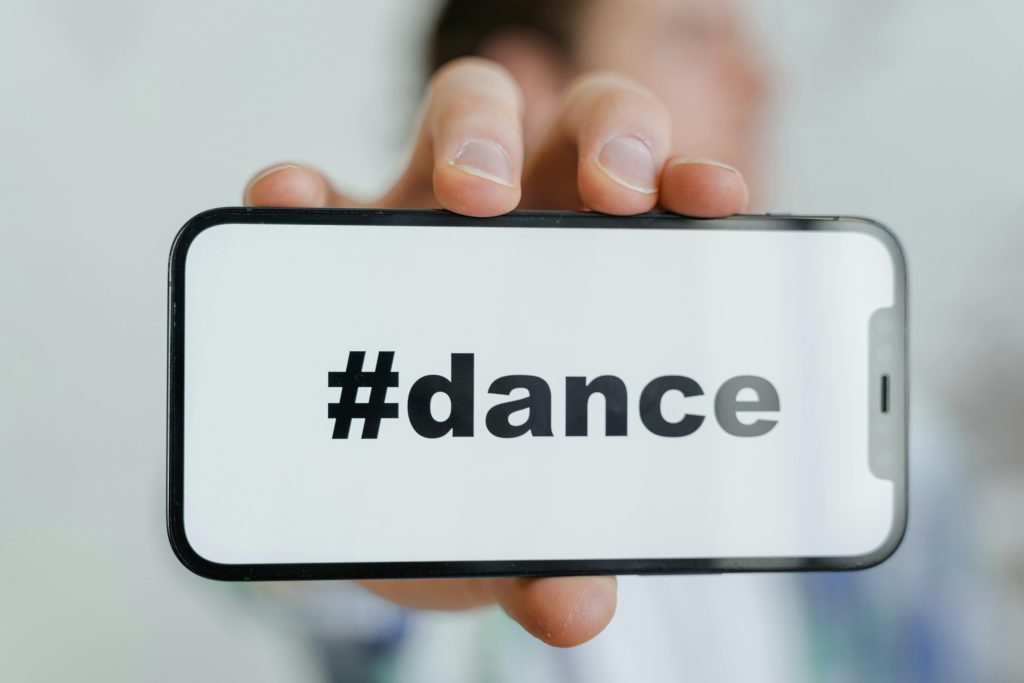Navigating a Security Scare: What to Do When You Suspect a Hack
In today’s digital landscape, it’s not uncommon for individuals to receive alarming emails that imply a breach of their personal security. Recently, I encountered a troubling situation when I received a message from a purported hacker claiming to have installed keylogging software on my MacBook. The email threatened to share compromising material unless I paid a ransom in Bitcoin. Here’s a breakdown of my experience and how I handled it.
The Scenario
In the email, the sender referenced one of my commonly used passwords in the subject line—a tactic designed to instill fear and urgency. They claimed to have recorded sensitive footage during my private moments online and threatened to disseminate it to my contacts. Despite the intensity of the situation, I had a few reassurances: the email had been languishing in my inbox for two weeks before I discovered it, and none of my acquaintances had reported receiving any unsolicited messages from this individual.
Additionally, after checking my email through services like Have I Been Pwned, I learned that my address had been involved in multiple data breaches. However, I didn’t recall engaging with any sites that would have prompted such a recording, which alleviated some of my concerns.
Assessing My Computer’s Security
Given the claims made in the email, I felt compelled to investigate my Mac’s Activity Monitor for any suspicious activity or programs. As someone who isn’t particularly tech-savvy, I found the array of unfamiliar processes a bit daunting. The thought of a keylogger lurking on my system was concerning, so I sought advice on whether I needed to take immediate action.
Steps Taken
-
Conducting a Self-Assessment: I examined my Activity Monitor but struggled to identify processes that were potentially harmful. Feeling overwhelmed, I took to online forums to seek guidance from experts who could assist in deciphering the information.
-
Investigation and Cleanup: While preparing to install an antivirus solution and attempt an OS upgrade, I took the precaution of deleting any accounts tied to previous data breaches and changing passwords to ensure unauthorized access was mitigated.
-
Community Support: The responses I received were incredibly reassuring. Many individuals offered insights and support, leading me to conclude that there wasn’t an immediate threat needing urgent attention.
Conclusion
In the end, I found solace in the advice of the online community and the proactive steps I took to enhance my digital security. It’s critical
Share this content:




Understanding Activity Monitor and Security Concerns on macOS
If you’re noticing unfamiliar processes in your Mac’s Activity Monitor, it’s understandable to be cautious, especially when you’ve received alarming messages about potential keylogging or unauthorized access. While some processes may appear unfamiliar, they are often legitimate system or application-related. However, to determine if you have any suspicious activity, consider the following steps:
If after these checks you still suspect malicious activity, you may consider resetting your system, updating macOS to the latest version, and changing all your passwords. Remember, most phishing emails or threats are attempts to scare you into taking rash actions; maintaining calm and conducting thorough checks is your best